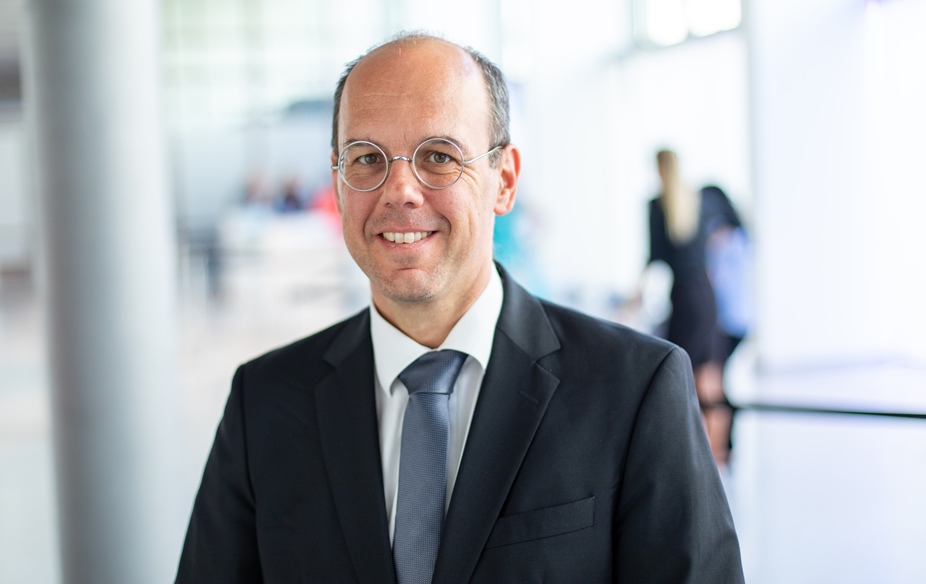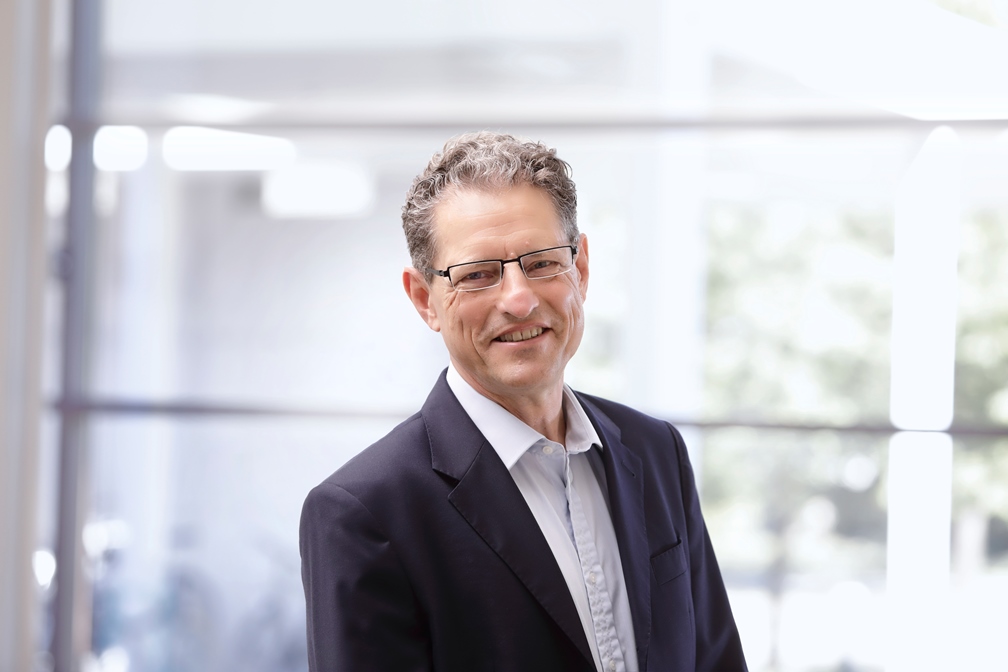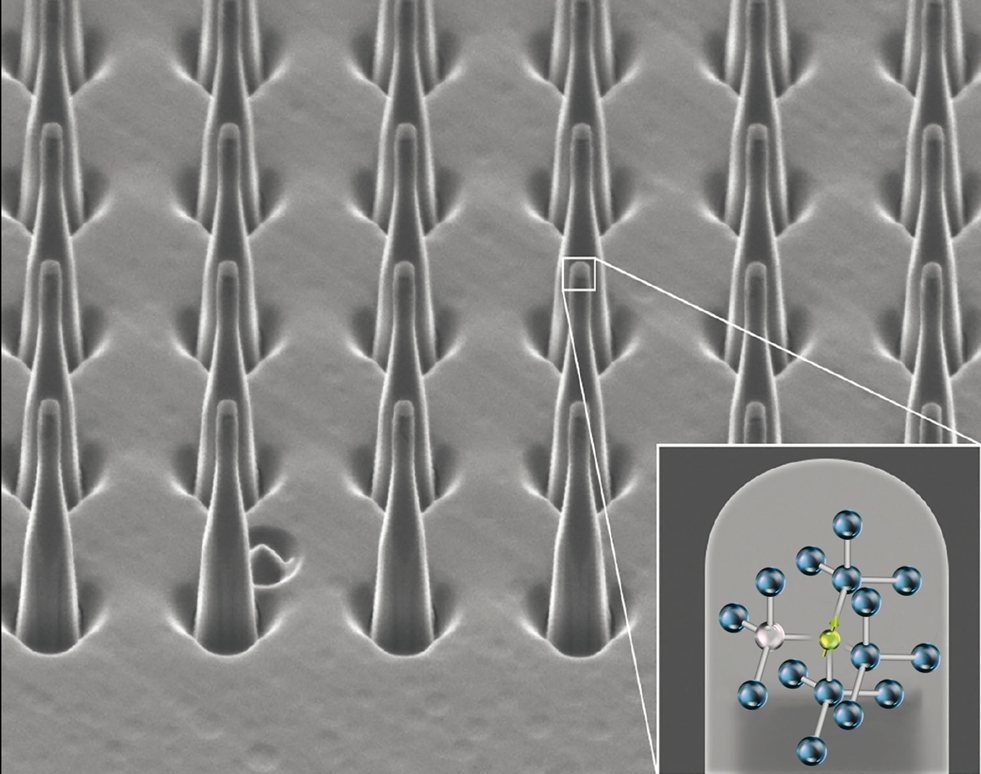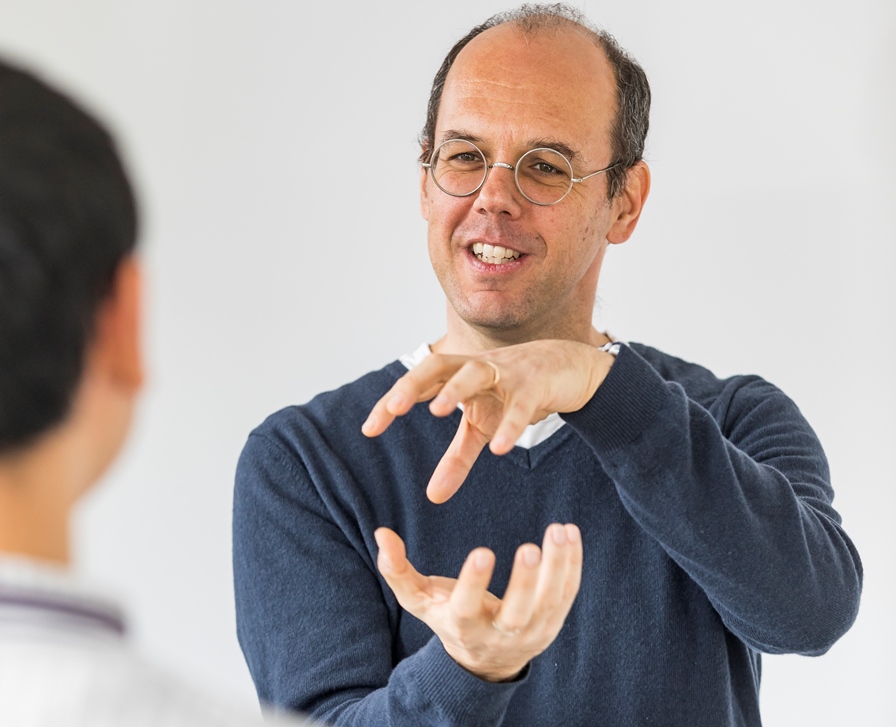Which people inspire you in your work?
Wittmann — One of my passions is to help young people develop and advance their careers. In the process, I have met two people who have really impressed me. Firstly, Paul Martynenko, who has accompanied me for many years as a boss and mentor and has set up an excellent support program for young technical colleagues. And secondly, Prof. Barry Dwolatzky from Wits University in South Africa, who built up the university with so much passion in a difficult environment over many years to cater for young disadvantaged people.
Calarco — Oh, I do not even have to think about it. My role model is definitely Peter Zoller from Innsbruck. He had the first ideas for the technological implementation of these »crazy quantum ideas« 25 years ago. I was a post-doc with him. He is also a role model for me in his ability to hold together different viewpoints, different actors and different currents in the community.
 Fraunhofer Institute for Applied Solid State Physics IAF
Fraunhofer Institute for Applied Solid State Physics IAF



